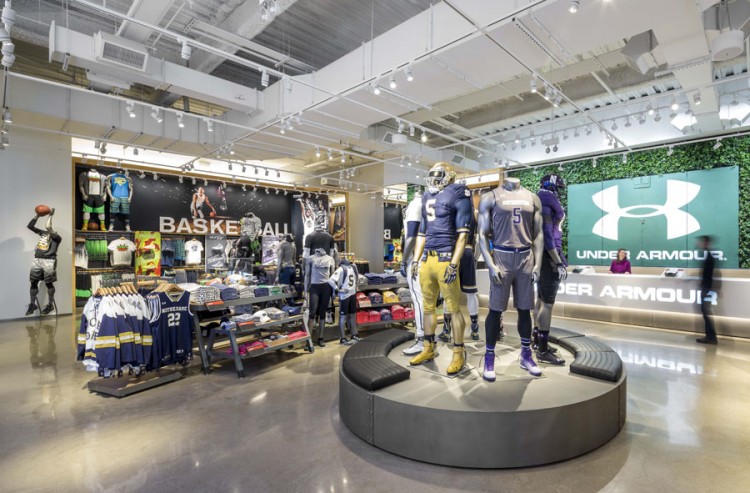Experiential retailing gives your customers more reasons to visit

Many retailers recognize the need to offer real and authentic experiences to draw shoppers into their stores, and are adapting their store formats in order to do so. These retailers have realized that if they can do omnichannel fulfillment well, then there is no need to hold so much inventory in the store, giving them the freedom to repurpose their floor space.
Retailers have taken technological advances and applied them in creating a different kind of shopping experience for their customers – and give them more reasons to walk into the store.
Total immersion conversion
John Lewis, the UK department store and home furnishings retailer, has taken a bold approach to experiential shopping with the launch of The Residence at three of its stores.
The Residence is a one-bedroom flat that is available for complimentary one-night stays or dinner parties – and every item on display is for sale. The flat is equipped out in furnishings and products from the retailer’s latest home, fashion and technology collections. Each flat offers a living room and dining area, a bedroom and a wardrobe stocked with clothes in the guest’s size, and allows guests to choose from a selection of pillows, beauty products and scents. A private concierge is on-hand for the duration of the stay to ensure personalized attention is available at any point during their stay.
West Elm, an American home furnishings retailer, has taken it even a step further by opening fully functional West Elm Hotels across six cities, where every detail can be easily purchased and delivered.
Ultimately, these examples have successfully created spaces places which encourage discovery while making retail transaction frictionless. But not all retailers have to take experiential shopping to this level.
Change at the ground floor
FNAC, the leading French retail chain that specialises in electronics, books and music is a good example of how speciality retailers are rethinking their in-store experience in an attempt to draw people into their stores, even if they did not really have any intention to buy anything.
FNAC has now transformed the ground floor which was previously occupied by the customer service department and turned it into a café, which was formerly located on the top floor and not used very much.
Customers can consult your complete product catalogue on their mobile or an in-store kiosk, and they can order a product that is not held in the store or have a store associate place the order on a mobile POS, for example. The product can then be delivered in the store or at home, whichever the customer prefers. And in the meanwhile the consumers enjoy a cup of coffee and an enjoyable conversation.
Boosting your own experiential shopping journey
There are countless variations for retailers to transform customer experience and create new opportunities for sales.
In the photo above you can see Under Armour’s flagship store in Chicago. It offers an immersive brand experience; with each sport-themed zone surrounding shoppers in the experience of that sport.
Imagine an outdoor outfitter offering lectures, classes and even travel adventures to deepen customer relationships. Or an appliance store that offers cooking classes or perhaps allows shoppers to try out a cook top, dishwasher or washing machine before they purchase it.
Retailers who embrace the digital transformation of their stores will be able to leverage real-time inventory visibility, assisted sales capabilities, mobile POS, flexible fulfillment options, and other features which can be used to delight customers while reducing the friction of retail transactions across channels.
For more information on how Openbravo can help you transform your retail business, watch our webinar with Openbravo CEO, Marco de Vries, Transforming the store and customer experience for an omnichannel world, or download the presentation here.


